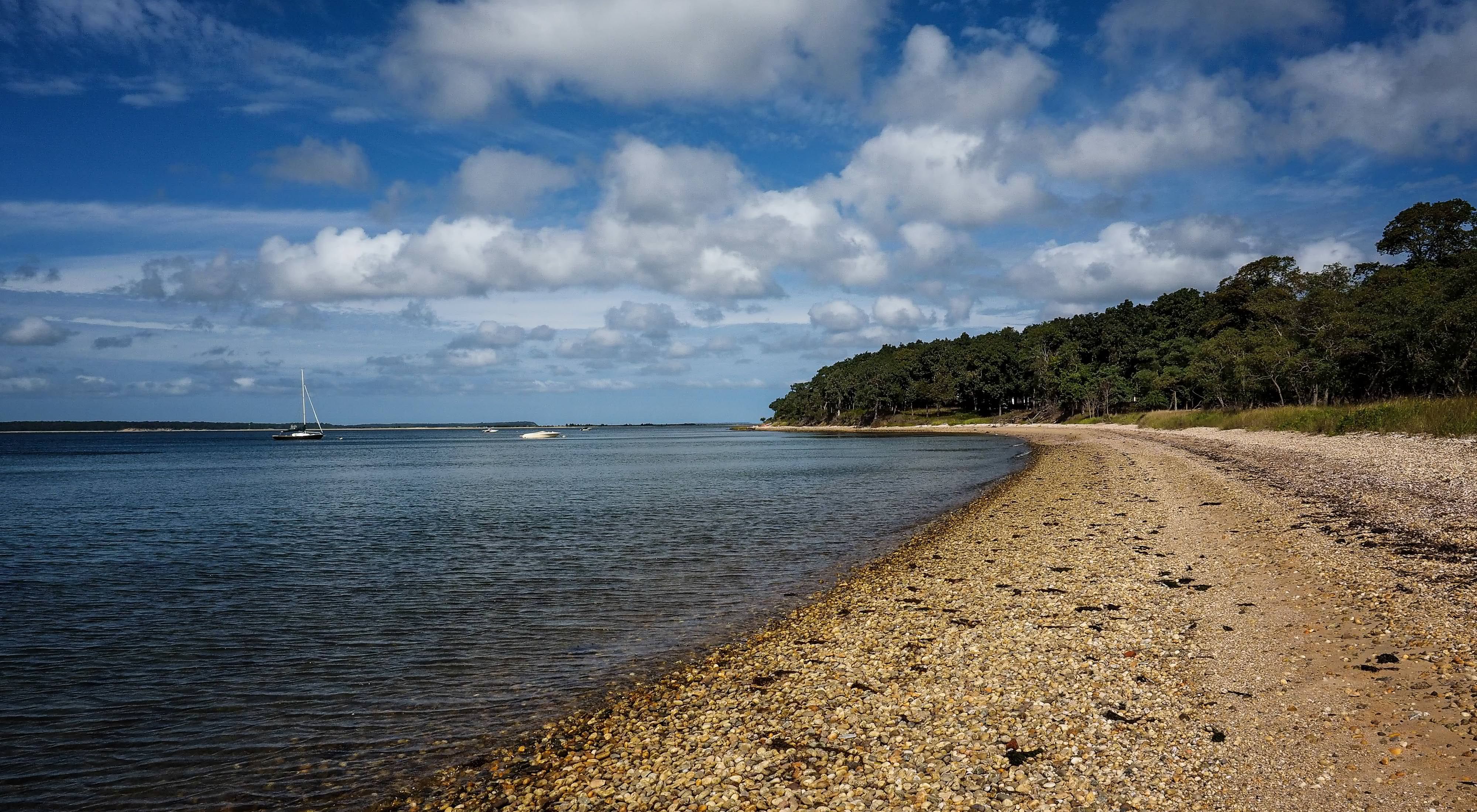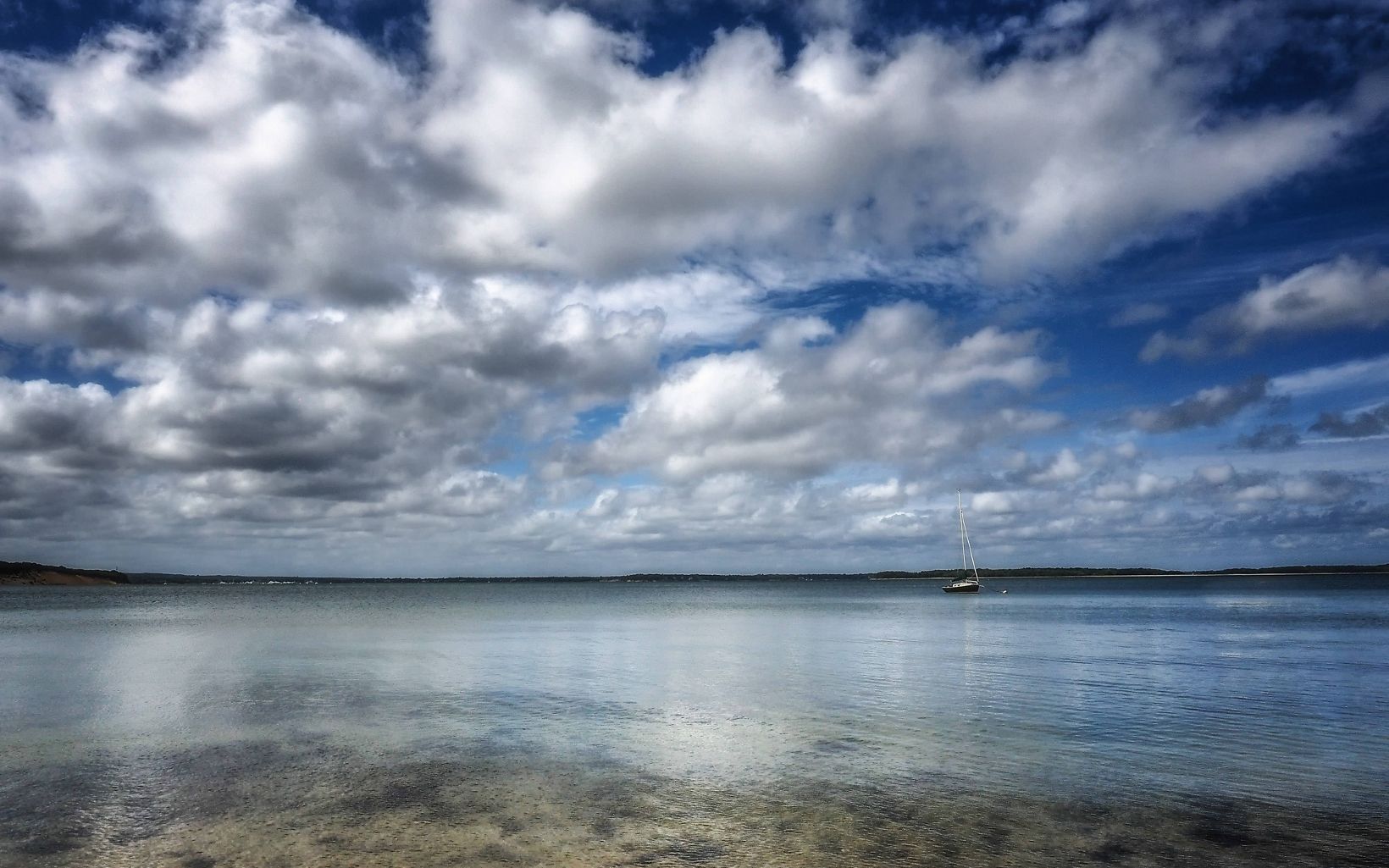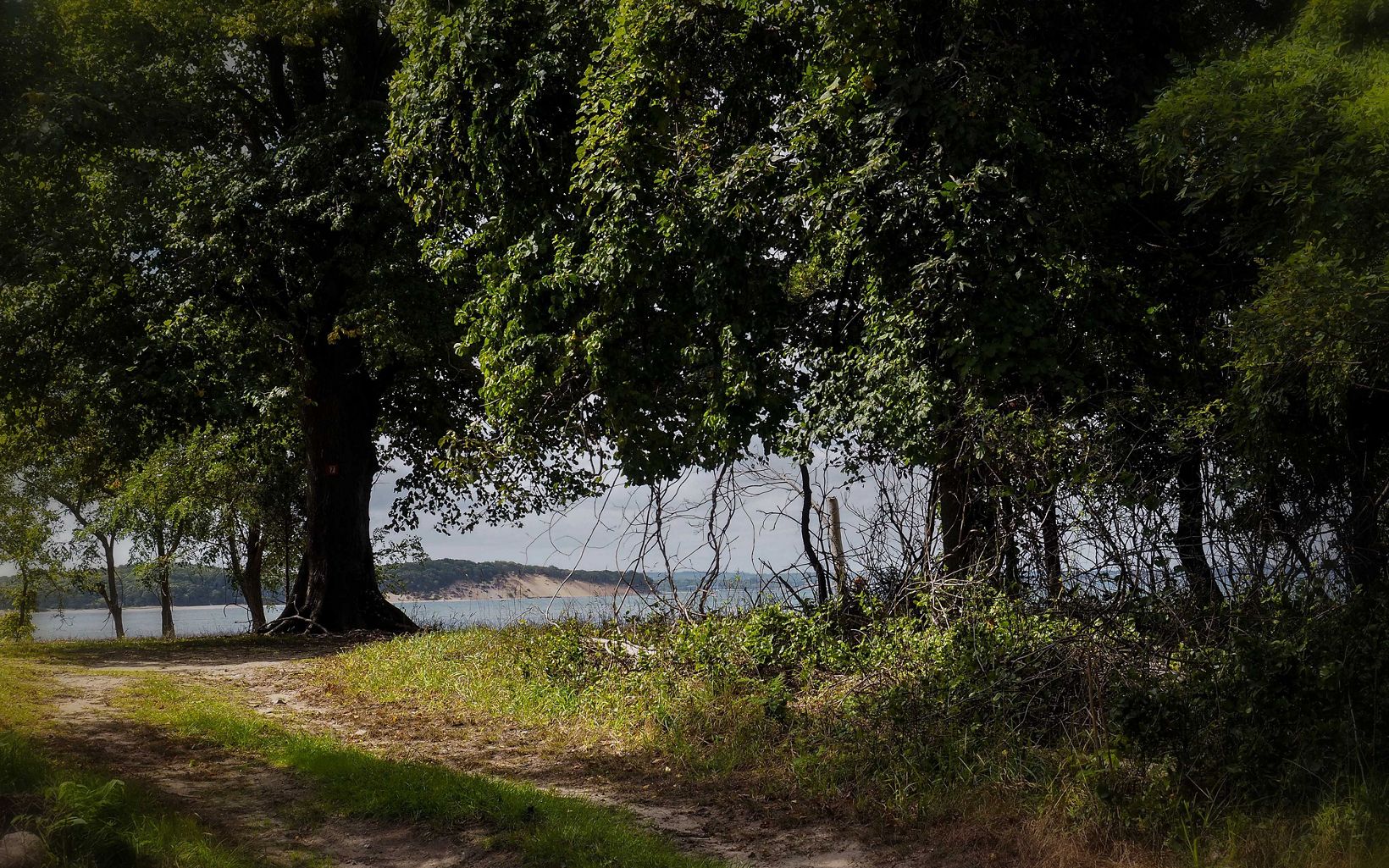Description
Once the site of three Native American villages and later part of the bustling port of Northwest Harbor, today Grace Estate has returned to its natural state.
Primarily oak-pine forest, the preserve is riddled with kettle-hole wetlands formed when huge blocks of ice deposited by the last glacier melted in place. The main trail leads through the woodlands, stopping by the preserve’s largest freshwater pond on the way to a historic home site with beautiful harbor views. Industrialist W. R. Grace acquired 845 acres in 1910, including about a mile of beachfront. In 1981, developers filed plans to create a summer community on the 500+ acres of remaining land, including condominiums, swimming pools, tennis courts, a golf course, and even a polo ground with stables. The first group to sound the alarm was the East Hampton Baymen’s Association, which predicted that the resulting pollution would destroy Northwest Harbor’s scallop fishery, the most productive on the East Coast.
After archaeologists citing the remains of three Native American communities and scientists documenting the land’s ecological significance made a strong case for preservation, acquisition of the estate was approved in a public referendum in 1985, and with $500,000 raised by The Nature Conservancy for a conservation easement, the Town of East Hampton purchased the land.



